We’ve got it pretty easy, folks. Building a comprehensive, diversified portfolio of investments has never been simpler, and it’s never been cheaper.
In fact, one of our most difficult choices anymore is deciding which of several low-cost fund providers we want to provide the foundation of our investing accounts. You don’t have to go with just one, of course—you can mix and match funds from numerous offerers—but some people prefer to buy all of their core portfolio holdings from one fund provider. That could be for any number of reasons; they might prefer one provider’s managers, for instance, or they prefer the way their index funds are built.
Today, I’m going to show you how to keep it all within the Schwab family. Schwab ETFs only number around 30 or so, but they’re among the lowest-cost products on the market, and they largely tend to earn strong ratings from analysts who cover funds.
Read on as I look at a handful of the best Schwab ETFs to buy for building a basic portfolio. Each of these funds represents a core holding type, and each immediately provides you with exposure to hundreds if not thousands of investments within that space—and for pennies, no less.
Disclaimer: This article does not constitute individualized investment advice. These funds appear for your consideration and not as personalized investment recommendations. Act at your own discretion.
Table of Contents
What Is an ETF?
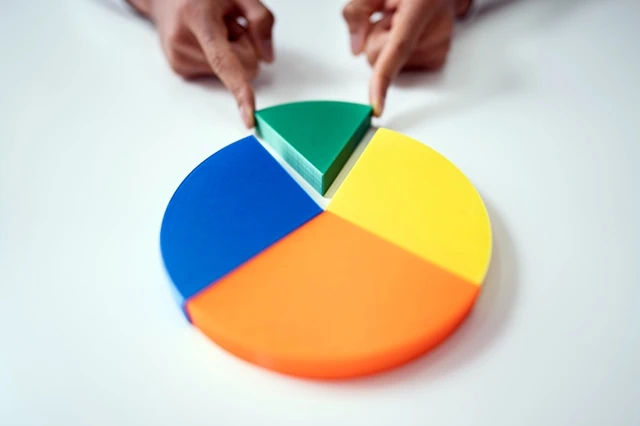
We’ll start with the most basic of basics: “ETF” is an acronym for an “exchange-traded fund.” In plain English, that means it’s a grouping of different assets (stocks, bonds, etc.) into a fund—one that’s listed on an exchange, just like individual stocks. As such, an ETF can fluctuate in price across the trading day according to the value of those underlying assets.
The Best Schwab ETFs to Buy Now

Here, I’m going to introduce you to the best Schwab ETFs to buy if you want to address basic portfolio needs in both stocks and bonds. This isn’t an exhaustive list of every fund you’d ever want, but it is a good place to start if you’re looking to build a core portfolio using Schwab ETFs.
In addition to important data information such as dividend yield and expense ratio, I’ve listed Morningstar’s Medalist and Star ratings for each ETF. Morningstar’s Medalist rating is a forward-looking analytical view of the fund, while Morningstar’s Star rating is a backward-looking view that measures a fund’s risk-adjusted return vs. its peers. Every fund on this list has a minimum Medalist rating of Silver and Star rating of 3 (out of 5).
1. Schwab US Large-Cap ETF

— Style: U.S. large-cap stock
— Assets under management: $46.2 billion
— Dividend yield: 1.2%
— Expense ratio: 0.03%, or 30¢ annually on a $1,000 investment
— Morningstar Medalist rating: Gold
— Morningstar Star rating: 4 stars
U.S. investors are typically advised to have an S&P 500 fund at the core of their portfolio. The S&P 500, which is a collection of predominantly U.S. large-cap stocks, is considered a proxy for the American stock market. Thus, several fund providers, including Vanguard, State Street Global Advisors (SPDR), and BlackRock’s iShares, offer up ETFs that track the S&P 500.
But Schwab went a different route with the Schwab US Large-Cap ETF (SCHX), instead deciding to track a different large-cap index: the Dow Jones U.S. Large-Cap Total Stock Market Index. This allowed it to keep costs extremely low—at inception in 2009, it was as cheap or cheaper than any S&P 500 ETFs.
Related: The 10 Best Fidelity Funds You Can Own
SCHX holds ~750 U.S. large-cap stocks, so it’s actually a broader set of holdings than the roughly 500 stocks in your typical S&P 500 ETF. But practically speaking, Schwab’s ETF is still pretty close to being an S&P 500 tracker.
For one, nearly 98% of the S&P 500’s stocks are in SCHX. Also, like S&P 500 ETFs, SCHX is “cap-weighted,” meaning the bigger the stock, the more of it SCHX holds—Microsoft (MSFT), Apple (AAPL), and Nvidia (NVDA) are currently top dogs. Indeed, 92% of the ETF’s “weight” (the percentage of the fund’s assets dedicated to a specific holding) is in S&P 500 holdings.
I should note that since Schwab US Large-Cap ETF launched, other fund providers have lowered the expenses on their S&P 500 ETFs, so SCHX is now roughly on par with many of its competitors. Still, it remains one of Schwab’s best ETFs: a straightforward and dirt-cheap way to address one of the most crucial aspects of your portfolio.
Related: Best Schwab Retirement Funds for an IRA
2. Schwab US Broad Market ETF
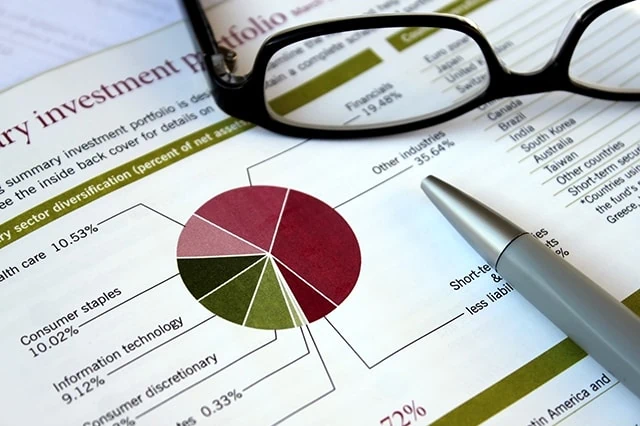
— Style: U.S. total market stock
— Assets under management: $31.2 billion
— Dividend yield: 1.2%
— Expense ratio: 0.03%, or 30¢ annually on a $1,000 investment
— Morningstar Medalist rating: Gold
— Morningstar Star rating: 3 stars
Portfolio recommendations call for more than just American large-cap stocks, of course. You’ll typically be told to put at least some money into stocks of U.S. mid- and small-cap companies. While these firms are less financially secure, and while their stocks can be more volatile, they historically have also provided more upside potential for those willing to take on the risk.
Related: 10 Best Vanguard Funds for the Everyday Investor
You can do this in one of two ways:
1. Buy mid- and small-cap funds alongside your large-cap funds.
2. Buy a “total market” fund, which allows you to hold stocks of all sizes in one place.
The first option gives you more control of how much, or how little, you want to invest in stocks of each size. But the second option is by far the easier one, allowing you to invest in a diversified portfolio of various sized stocks with a single click.
And that’s exactly what the Schwab US Broad Market ETF (SCHB) does.
SCHB holds 2,500 of the largest publicly traded U.S. companies—which includes virtually all U.S. large-cap stocks, sure, but also various amounts of mid- and small-sized equities, too. Right now, about 72% of SCHB’s portfolio is invested in large-cap stocks, but 20% is dedicated to mid-caps, and the remainder is invested in small companies.
Like SCHX and most of the other Schwab ETFs on this list, SCHB is market cap-weighted, so stocks like Microsoft and Apple still have the most impact on the ETF’s performance. All you’re doing is trading in some large-cap weight for exposure to some mid- and small-sized firms.
Related: 7 Best Schwab Funds You Can Buy: Low Fees, Low Minimums
3. Schwab US Dividend Equity ETF
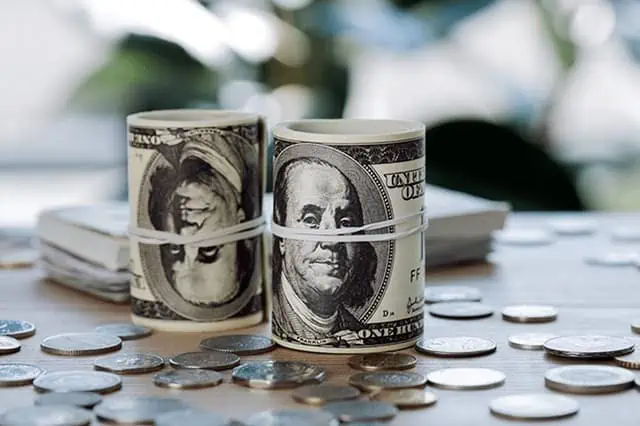
— Style: U.S. dividend stock
— Assets under management: $60.7 billion
— Dividend yield: 3.4%
— Expense ratio: 0.06%, or 60¢ annually on a $1,000 investment
— Morningstar Medalist rating: Gold
— Morningstar Star rating: 5 stars
Not all equity returns come from stock prices increasing—dividends often play an important role, too.
Dividends, which are cash payments that companies make to its shareholders, can be a source of return when prices are flat or even down. They can be reinvested to compound your returns over time (over longer time periods, dividends have accounted for roughly 40% to 50% of equity returns). And once you hit retirement, that investment income can be used to pay your regular bills.
Related: The 7 Best T. Rowe Price Funds to Buy and Hold
While you could try to get that exposure by picking individual dividend stocks, you could also diversify your risk across hundreds of payers via a dividend ETF like the Schwab US Dividend Equity ETF (SCHD).
This Schwab index ETF holds roughly 100 dividend stocks selected for their high yields, track records of consistent dividend payments, and relative strength of their financial fundamentals. Specifically, SCHD requires holdings to have paid dividends for at least 10 consecutive years, and it measures them based on yield, five-year dividend growth rate, return on equity, and free cash flow/total debt.
The fund skews large-cap, at about 70% of the portfolio, while mids make up another quarter, and smalls occupy the rest of SCHD’s assets. Top holdings at the moment include numerous Dividend Aristocrats—companies that have raised their dividends on an annual basis for at least 25 consecutive years—such as AbbVie (ABBV), and PepsiCo (PEP). It even holds a few Dividend Kings (50+ years) including Coca-Cola (KO) and 3M (MMM).
These holdings help SCHD throw off a sizable annual yield of 3.4%, which at the moment is more than twice the 1.2% you’d earn from holding an S&P 500 fund. Performance is admirable, too: “This fund has navigated drawdowns well because of the stable firms that shape it,” says Morningstar analyst Ryan Jackson. “But it has also stayed competitive in market rallies, as favorable sector tilts and strong payoffs to the quality factor powered best-in-class returns for much of the past decade.”
This all makes SCHD one of the best Schwab ETFs to buy if you want much higher-than-average yield while still paying a low fee.
Related: 7 Best Stock Recommendation Services [Stock Tips + Picks]
4. Schwab US Large-Cap Growth ETF

— Style: U.S. large-cap growth stock
— Assets under management: $32.7 billion
— Dividend yield: 0.4%
— Expense ratio: 0.04%, or 40¢ annually on a $1,000 investment
— Morningstar Medalist rating: Silver
— Morningstar Star rating: 5 stars
Investors looking for better stock-price performance than what the S&P 500 might provide often gravitate toward growth stocks—companies expected to improve their revenues, earnings, and/or other performance metrics at a greater clip than their peers.
Related: The 10 Best Vanguard Index Funds You Can Buy
Of course, growth stocks sometimes offer a bumpier ride along the way. Investors are happy to bid growth stocks higher, often ignoring too-hot valuations, as long as future expectations remain high … but when the growth story gets interrupted, they can flee just as quickly as they arrived. So rather than gamble on one or two individual plays, some investors buy ETFs to spread that risk across a few hundred names.
The Schwab US Large-Cap Growth ETF (SCHG) allows investors to do just that, while primarily sticking to large-cap names. SCHG’s 250-stock portfolio is 85% weighted toward large caps, with the remainder almost entirely socked away in bigger mid-cap names.
SCHG is pretty consistent with many growth ETFs in that a huge chunk of assets are parked in technology and tech-esque sectors. The technology sector itself accounts for almost half of this Schwab ETF’s assets, with communication services (13%) making up another significant slice of the pie. Even its largest consumer cyclical holding, Amazon (AMZN), is arguably a technology stock in spirit.
While completely unremarkable from a portfolio construction point of view, SCHG is nonetheless one of the best Schwab ETFs you can buy because it has it where it counts: returns. While past performance isn’t a guarantee of future returns, it has done extremely well against its peers—SCHG’s trailing three-, five-, and 10-year returns are all in the top 10% of its Morningstar category.
Related: 7 Best Schwab Index Funds for Thrifty Investors
5. Schwab International Equity ETF

— Style: International large-cap stock
— Assets under management: $42.4 billion
— Dividend yield: 2.6%
— Expense ratio: 0.06%, or 60¢ annually on a $1,000 investment
— Morningstar Medalist rating: Silver
— Morningstar Star rating: 4 stars
Up until now, every Schwab ETF I’ve talked about has focused on U.S. companies.
America’s stock markets have long been among the best-performing on the planet, and at least for now, that’s expected to continue. Thus, most advisers will tell you to put the lion’s share of your assets into owning U.S.-based stocks and bonds.
Related: 10 Best Dividend Stocks to Buy [Steady Eddies]
But those same advisors will also typically tell you to get a little geographic diversification, too. The U.S. might not carry the torch every single year, and having international exposure might help smooth out rough patches when American stocks struggle.
The Schwab International Equity ETF (SCHF) is an extremely low-cost way to do so, at just 0.06% annually. It holds a broad selection of more than 1,500 equities of companies domiciled outside the U.S., with most of those coming from “developed” companies such as Japan, the U.K., and France.
Like many general developed-nation equity ETFs, SCHF tilts heavily toward large-cap stocks (80%-plus) with effectively all the rest of assets invested in mid-caps. Also, European stocks especially tend to offer higher dividends on average than their American counterparts; holdings including Nestle (NSRGY), Novartis (NVS), and AstraZeneca (AZN) help produce a fund yield that’s more than twice what the S&P 500 pays.
Related: 9 Monthly Dividend Stocks for Frequent, Regular Income
6. Schwab US Aggregate Bond ETF

— Style: U.S. intermediate core bond
— Assets under management: $8.5 billion
— SEC yield: 4.0%*
— Expense ratio: 0.03%, or 30¢ annually on a $1,000 investment
— Morningstar Medalist rating: Silver
— Morningstar Star rating: 3 stars
Investors are also told to allocate some of their nest egg to bonds, which serve a very different purpose than stocks.
With stocks, price changes are the primary driver of returns—you can receive dividend income, too, but in general, you’re expected to get more performance from the stock growing in value. But bonds tend to be much less volatile and mostly trade around a “par” value. Instead, their performance largely comes from the interest income they generate. As a result, younger investors are told to invest almost exclusively in stocks, then slowly raise their allocation to bonds as they get older, as they shift from wealth creation to wealth preservation.
Related: 7 Best High-Dividend ETFs for Income-Minded Investors
You could hold individual bonds, but they’re even more difficult to assess than stocks, and it’s much more difficult to find publicly available information and analysis on them. So, many investors just let a fund manager or index do the heavy lifting.
The Schwab US Aggregate Bond ETF (SCHZ), for instance, lets you tap more than 6,000 bonds and other debt securities in just one click. It’s a diversified portfolio largely made up of U.S. Treasury bonds, corporate bonds, and mortgage-backed securities, all of which have earned ratings within the “investment-grade” spectrum of debt. SCHZ’s holdings also span a wide number of maturities, from just a few months to more than 20 years.
All told, SCHZ’s portfolio has a duration of 6.1 years. Duration is a measure of interest-rate risk—in this ETF’s case, a duration of 6.1 years implies that if interest rates fell by a percentage point, SCHZ’s price would rise by 6.1% (and vice versa). Remember: Bond prices and interest rates have an inverse relationship.
Related: The 7 Best Closed-End Funds (CEFs) That Yield Up to 11%
SCHZ is not a scintillating fund, but it’s one of the best Schwab ETFs for building a basic portfolio, offering a moderate level of income for a moderate amount of risk.
* SEC yield reflects the interest earned across the most recent 30-day period. This is a standard measure for funds holding bonds and preferred stocks.
Related: 10 Best Dividend Stocks to Buy [Pro-Grade Income Picks]
7. Schwab Short-Term US Treasury ETF

— Style: U.S. short-term government bond
— Assets under management: $11.1 billion
— SEC yield: 3.8%
— Expense ratio: 0.03%, or 30¢ annually on a $1,000 investment
— Morningstar Medalist rating: Gold
— Morningstar Star rating: 4 stars
As a general rule, the longer a bond’s maturity, the higher the risk. Think about it: If you buy a two-year bond from a financially strong company, you’ll be pretty confident it can repay that bond in full. But if you buy a 20-year bond from that same company … sure, you might still have plenty of faith in the company, but 20 years is a lot longer for something to go wrong. As a result, issuers typically have to offer higher yields to convince investors to take that added risk.
Related: 5 Best Vanguard Dividend Funds [Low-Cost Income]
Thus, short-term bond funds typically offer investors a relatively safe place to invest while earning a modest amount of income.
The Schwab Short-Term US Treasury ETF (SCHO) further ratchets down risk by holding only short-term debt from the U.S. Treasury—an institution that enjoys some of the highest debt ratings on the planet given their long history of paying back its debtors. This Schwab ETF currently holds almost 100 different Treasury issues with an average maturity of just two years. It has a duration of just 1.9 years, meaning if interest rates rose a full percentage point, SCHO’s price would decline by only about 2%.
Also worth noting: Today, the “yield curve” is inverted, meaning short-term rates are higher than long-term rates. As a result, despite SCHO’s relatively modest risk profile, it yields 3.8%—the same as SCHZ, which has a much longer average maturity and presents much more interest-rate risk.
Related: 12 Best Long-Term Stocks to Buy and Hold Forever
How Do You Invest in Schwab ETFs?

Once you know which Schwab ETFs you want to invest in, buying them couldn’t be easier.
As long as you have a brokerage account that allows you to buy ETFs that trade on a major U.S. exchange (which is the vast majority of brokerage accounts), you simply pop in the ticker and buy your desired number of shares.
That’s literally it.
If you’re asking us, Young and the Invested’s highest-rated brokerages include Robinhood, Webull, and Moomoo. But you can get Schwab ETFs through E*Trade, Fidelity, Schwab (of course), Vanguard, and many, many other brokerages.
However, since this is an article about Schwab ETFs, we suggest considering Schwab’s brokerage account to invest in their funds. We provide more details below.
Our Recommendation to Buy Schwab ETFs: Schwab
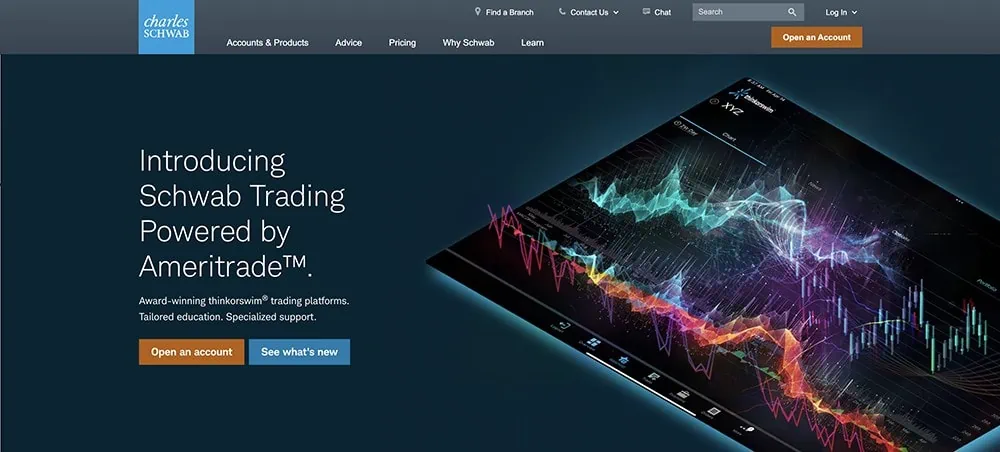
Investors looking for maximum flexibility and low (or no) trading costs should explore a brokerage or retirement account with Schwab.
Schwab offers commission-free stocks, ETFs, thousands of mutual funds (from Schwab Mutual Fund OneSource), and even Treasury trades. Additional investment selections include corporate bonds, options, money market funds, futures, E-mini futures, and foreign exchange (forex), and you can even participate in some initial public offerings (IPOs) through the Schwab platform.
Want to learn more? Check out the review here, and from there, click the “Visit Site” button to visit Schwab and sign up.
Are ETFs the Same Thing as Index Funds?

Not always. Most ETFs are index funds, meaning they are tied to a fixed “index” or list of securities. However, mutual can also be tied to indexes and thus be categorized as index funds, too. Similarly, both ETFs and mutual funds can instead follow a more dynamic or “active” list of investments. It can be confusing sometimes, but the bottom line is you should always read the investment materials an asset manager provides and look for a description. In the case of Vanguard, you’ll find a heading labeled “investment style” at the top of most ETF pages that will clearly identify whether funds are index funds, or active funds.
Like Young and the Invested’s Content? Be sure to follow us.
Why Does a Fund’s Expense Ratio Matter So Much?

Every dollar you pay in expenses is a dollar that comes directly out of your returns. So, it is absolutely in your best interests to keep your expense ratios to an absolute minimum.
The expense ratio is the percentage of your investment lost each year to management fees, trading expenses and other fund expenses. Because index funds are passively managed and don’t have large staffs of portfolio managers and analysts to pay, they tend to have some of the lowest expense ratios of all mutual funds.
This matters because every dollar not lost to expenses is a dollar that is available to grow and compound. And over an investing lifetime, even a half a percent can have a huge impact. If you invest just $1,000 in a fund generating 5% per year after fees, over a 30-year horizon, it will grow to $4,116. However, if you invested $1,000 in the same fund, but it had an additional 50 basis points in fees (so it only generated 4.5% per year in returns), it would grow to only $3,584 over the same period.
Like Young and the Invested’s Content? Be sure to follow us.
Related: 6 Best Stock Recommendation Services [Stock Picking + Tips]

Stock recommendation services are popular shortcuts that help millions of investors make educated decisions without having to spend hours of time doing research. But just like, say, a driving shortcut, the quality of stock recommendations can vary widely—and who you’re willing to listen to largely boils down to track record and trust.
The natural question, then, is “Which services are worth a shot?” We explore some of the best (and best-known) stock recommendation services.
Related: The Best Fidelity ETFs for 2024 [Invest Tactically]
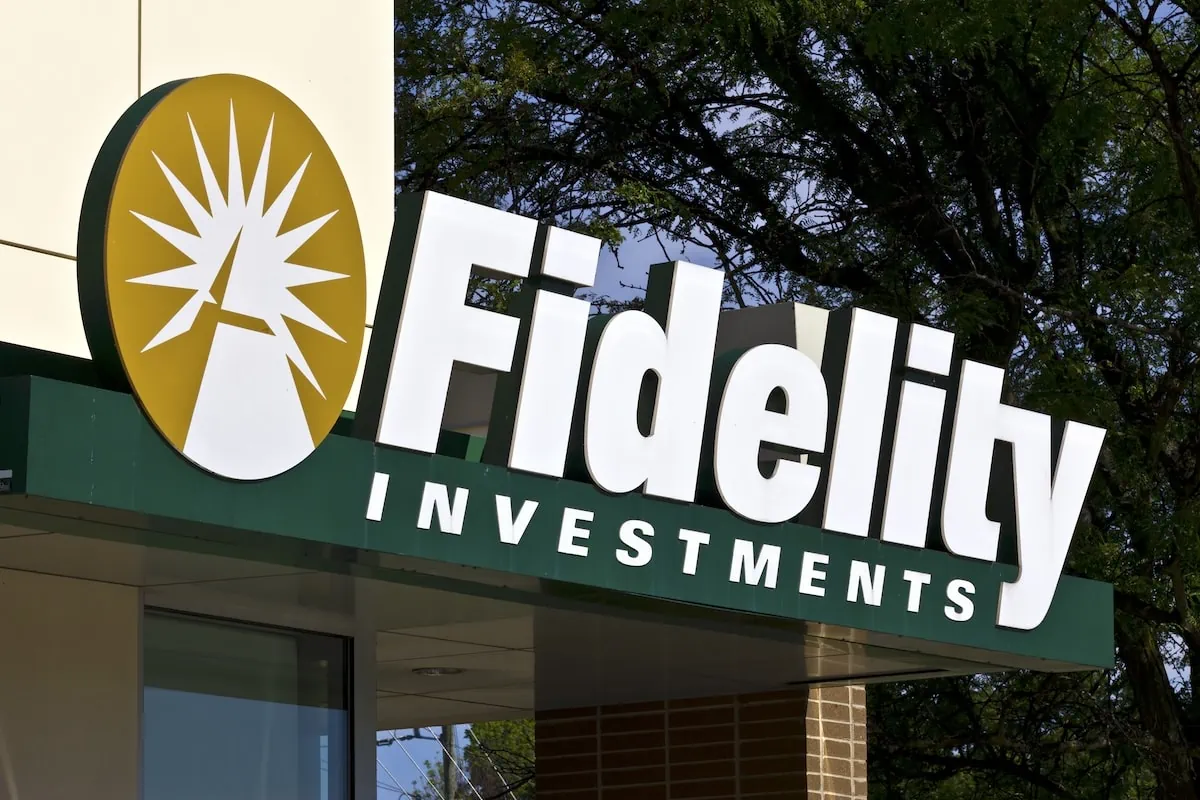
If you’re looking to build a diversified, low-cost portfolio of funds, Fidelity’s got a great lineup of ETFs that you need to see.
In addition to the greatest hits offered by most fund providers (e.g., S&P 500 index fund, total market index funds, and the like), they also offer specific funds that cover very niche investment ideas you might want to explore.
Related: Best Target-Date Funds: Vanguard vs. Schwab vs. Fidelity

Looking to simplify your retirement investing? Target-date funds are a great way to pick one fund that aligns with when you plan to retire and then contribute to it for life. These are some of the best funds to own for retirement if you don’t want to make any investment decisions on a regular basis.
We provide an overview of how these funds work, who they’re best for, and then compare the offerings of three leading fund providers: Vanguard, Schwab, and Fidelity.
Related: 9 Best Monthly Dividend Stocks for Frequent, Regular Income
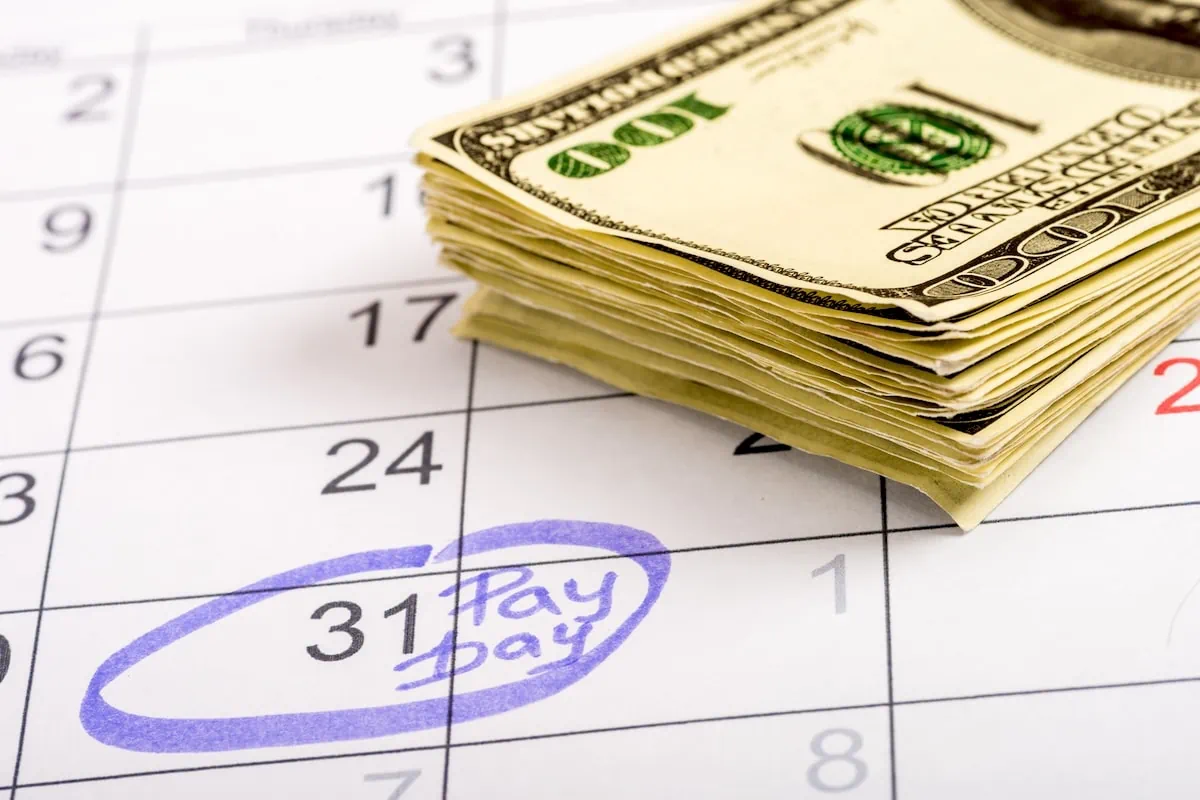
The vast majority of American dividend stocks pay regular, reliable payouts—and they do so at a more frequent clip (quarterly) than dividend stocks in most other countries (typically every six months or year).
Still, if you’ve ever thought to yourself, “it’d sure be nice to collect these dividends more often,” you don’t have to look far. While they’re not terribly common, American exchanges boast dozens of monthly dividend stocks.
Please Don’t Forget to Like, Follow and Comment

Did you find this article helpful? We’d love to hear your thoughts! Leave a comment with the box on the left-hand side of the screen and share your thoughts.
Also, do you want to stay up-to-date on our latest content?
1. Follow us by clicking the [+ Follow] button above,
2. Subscribe to The Weekend Tea, our weekly newsletter to read more about investing, spending, taxes, and more, and
3. Give the article a Thumbs Up on the top-left side of the screen.
4. And lastly, if you think this information would benefit your friends and family, don’t hesitate to share it with them!




